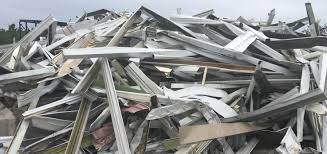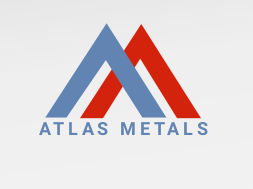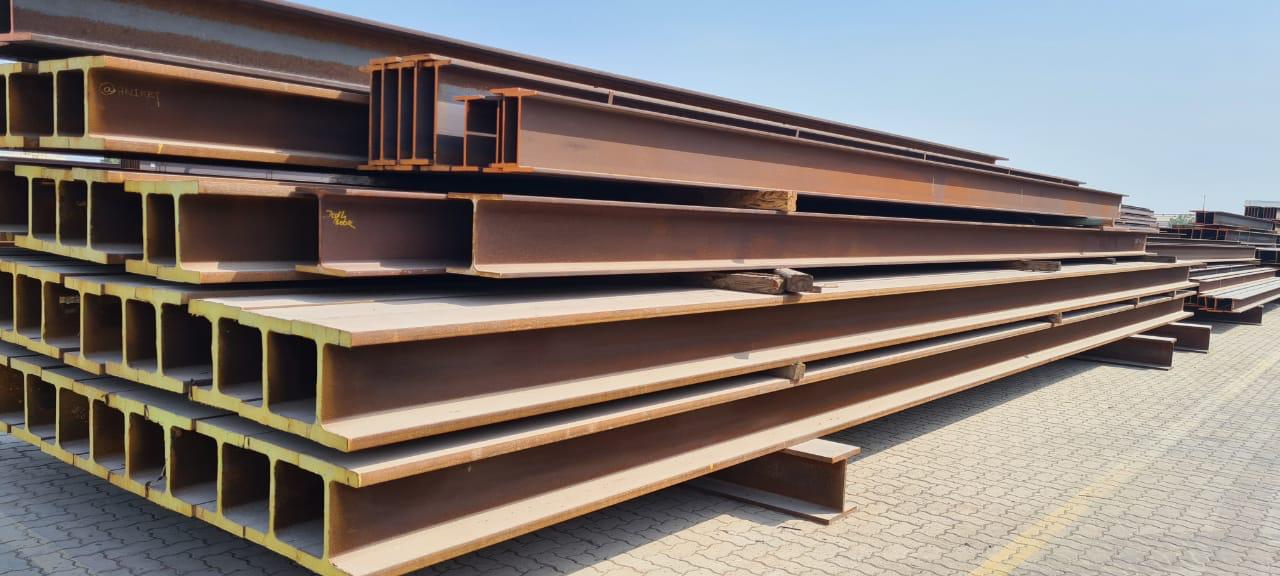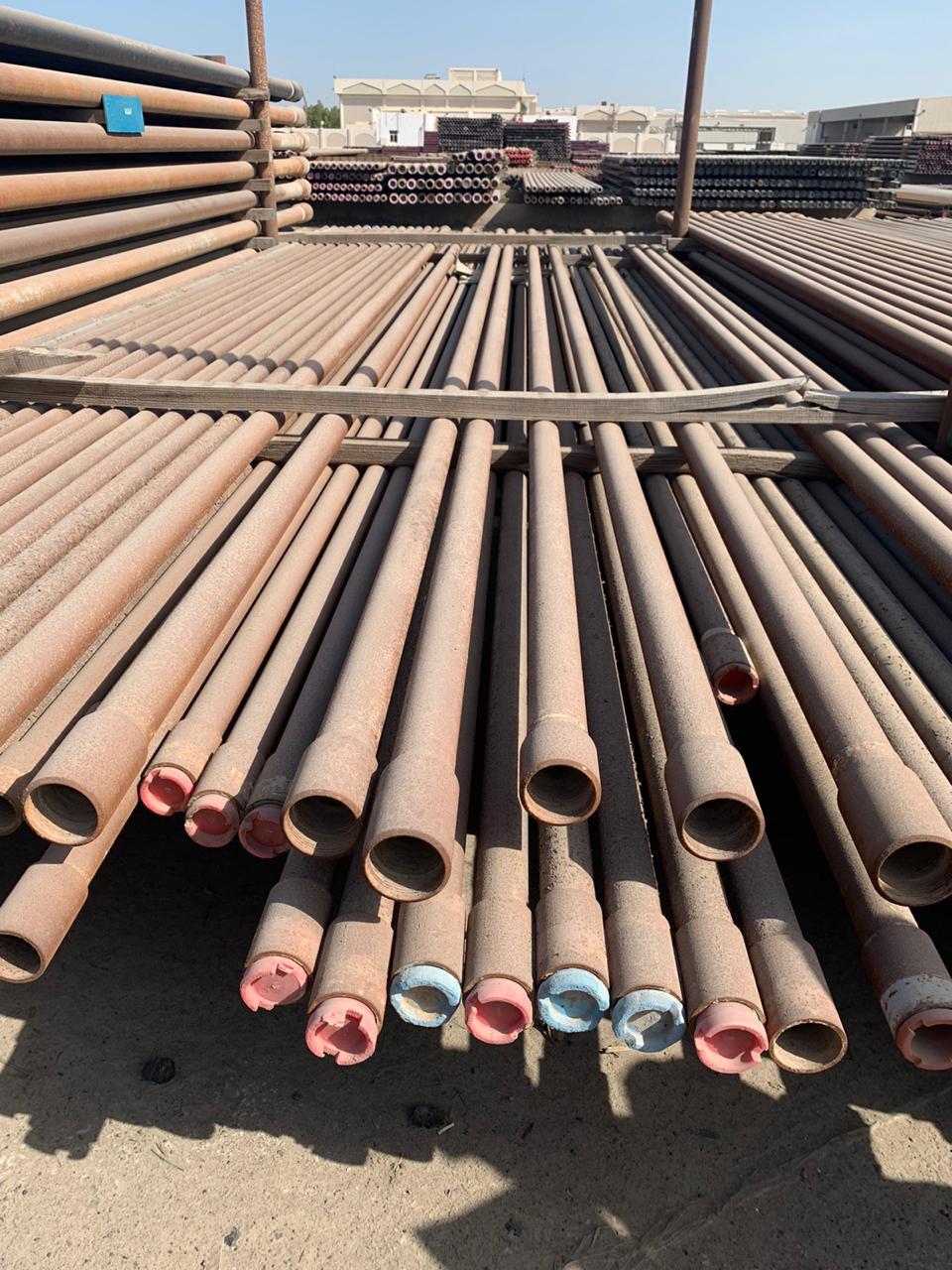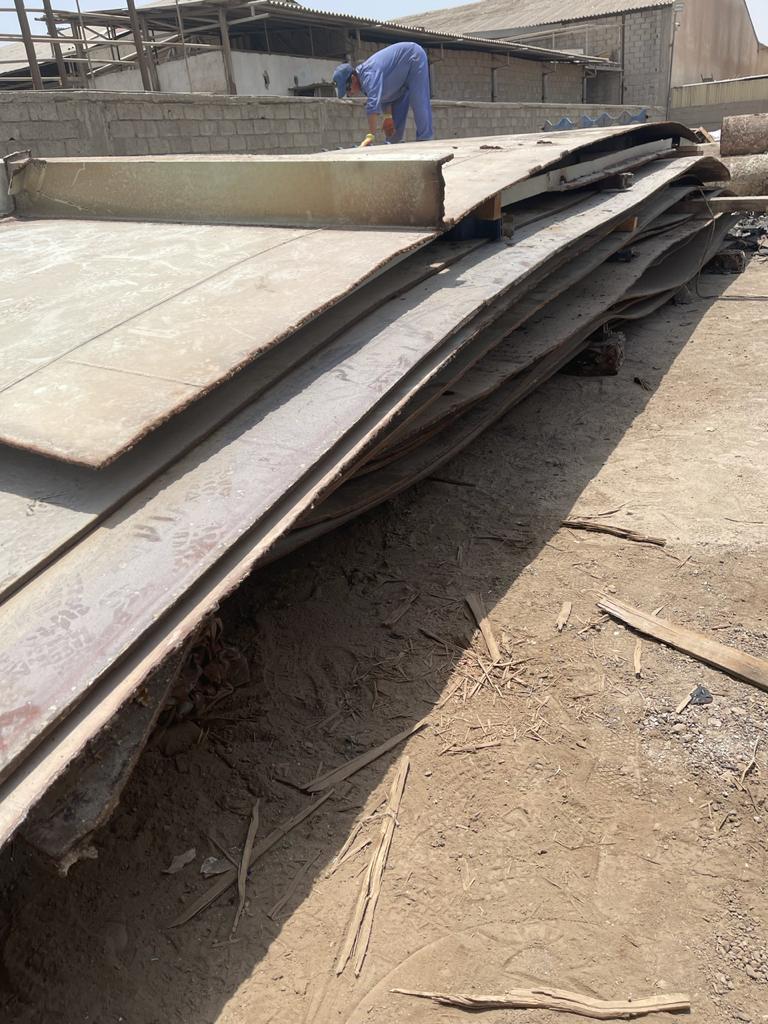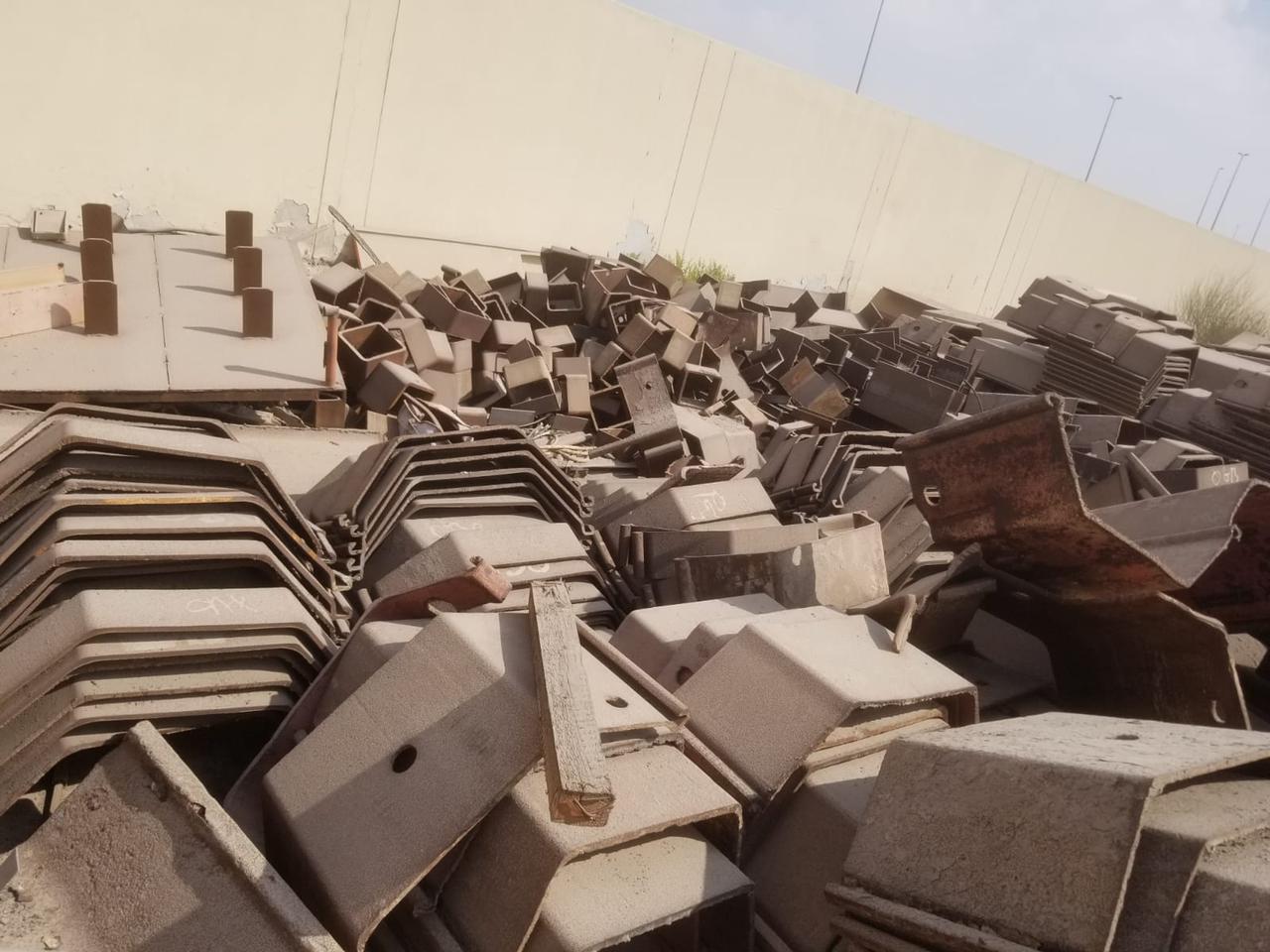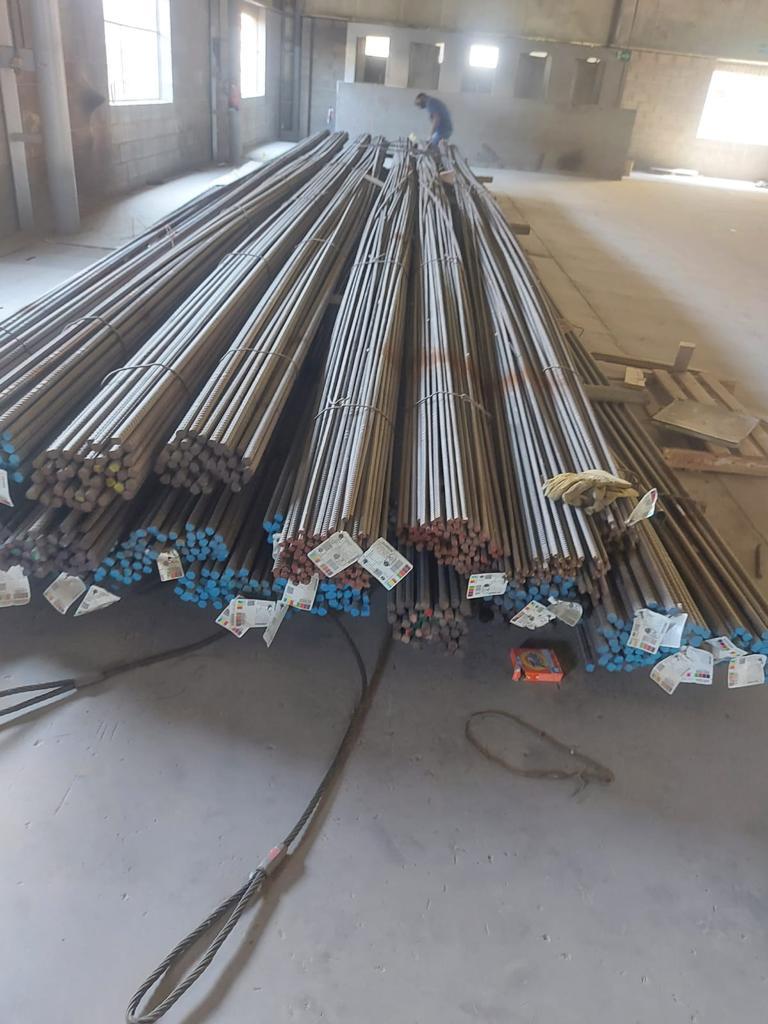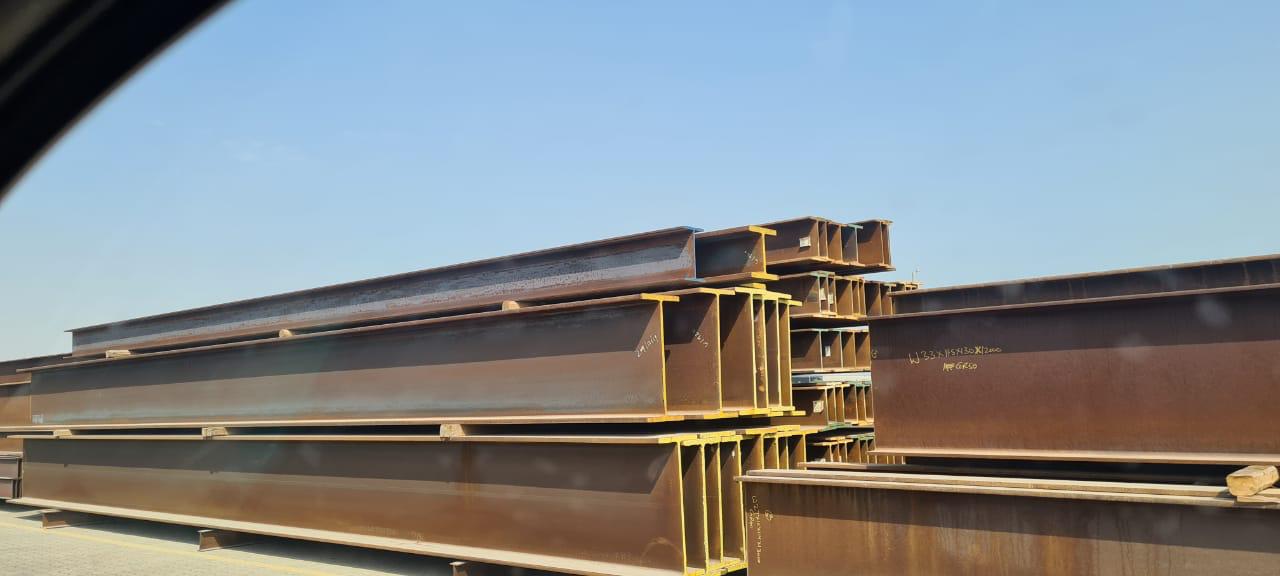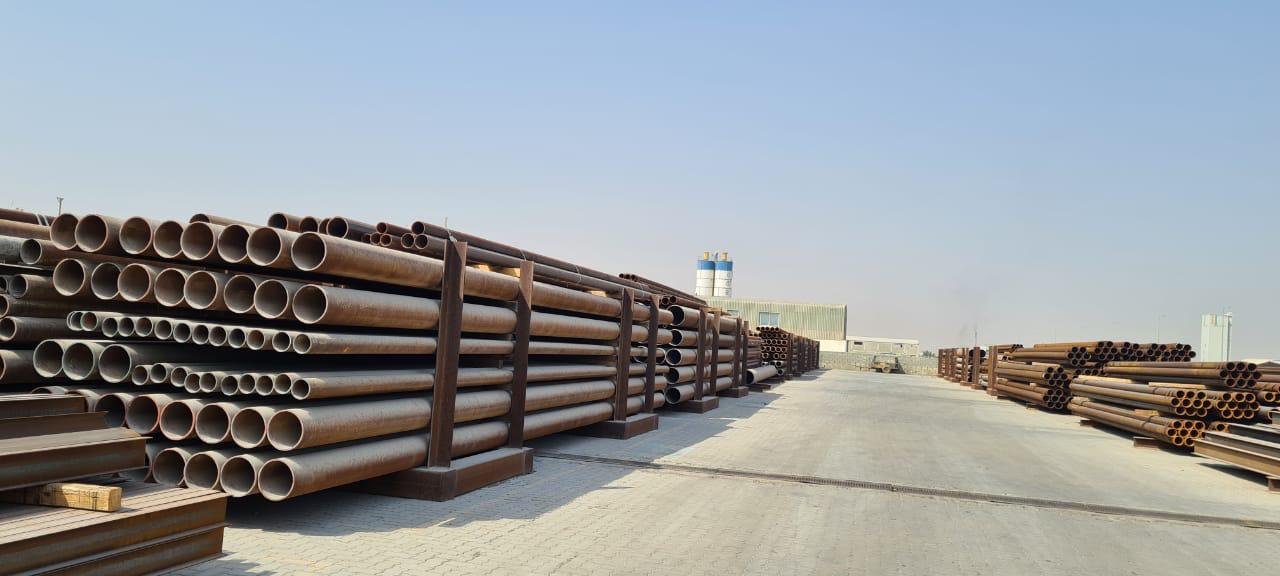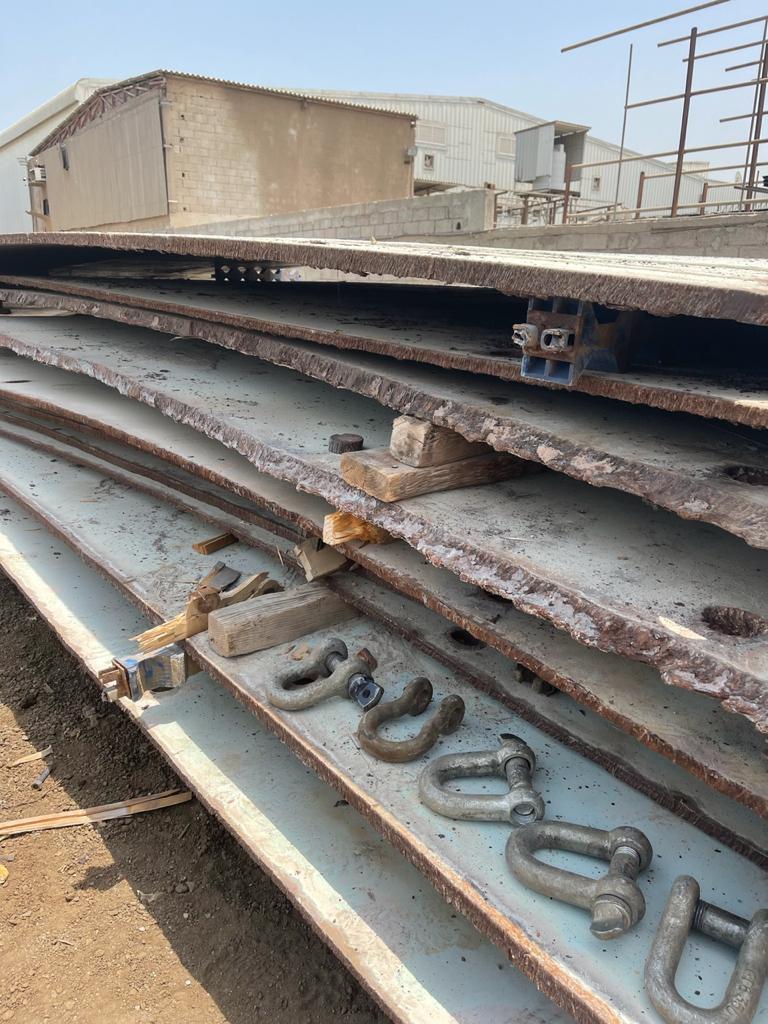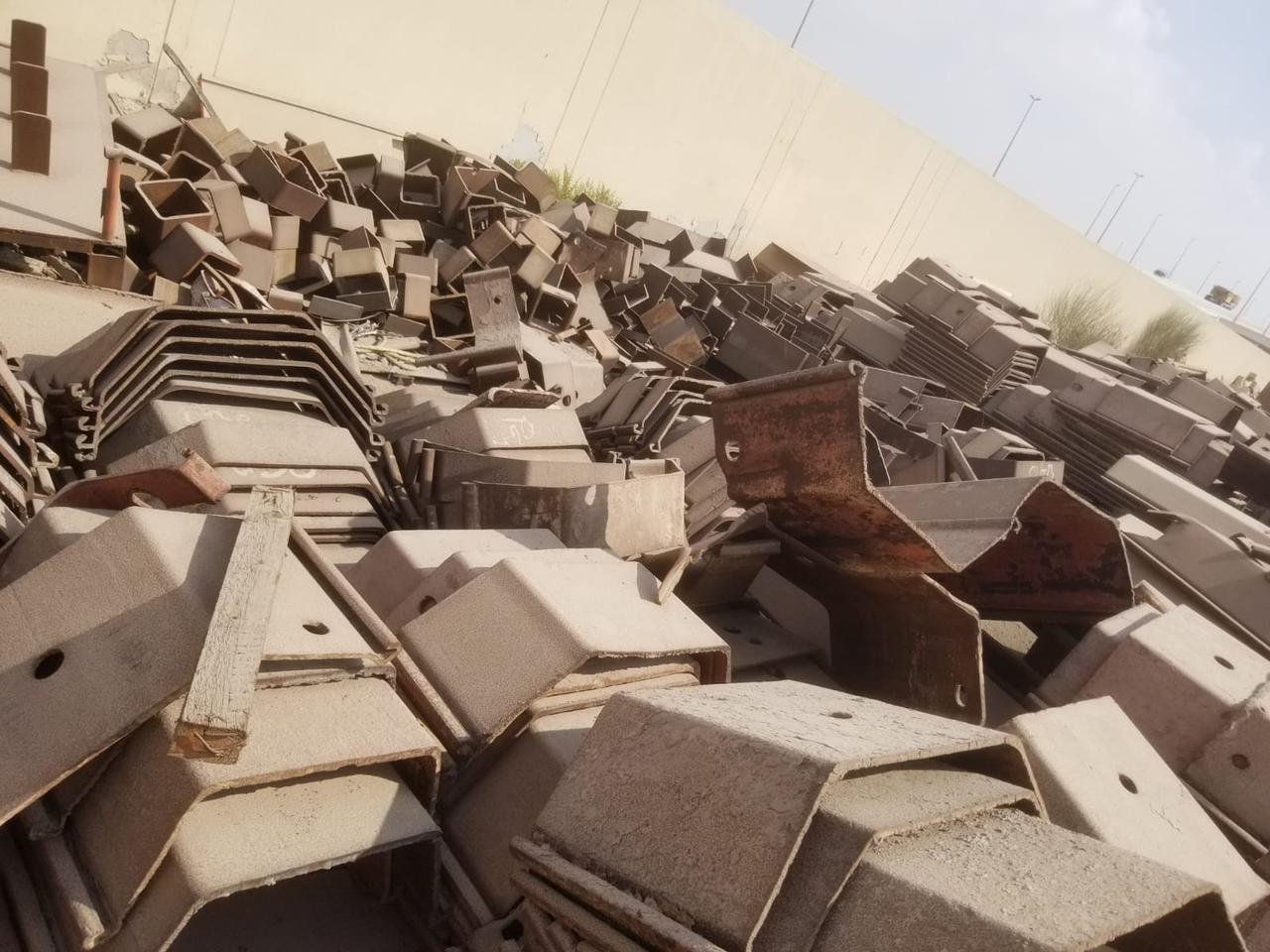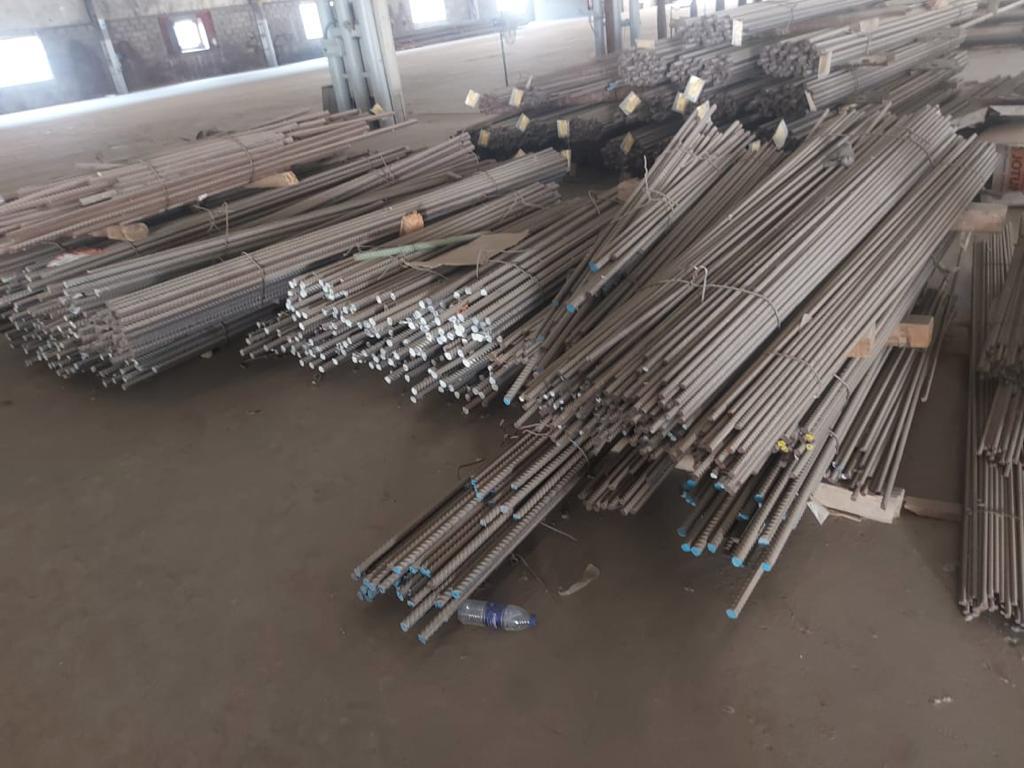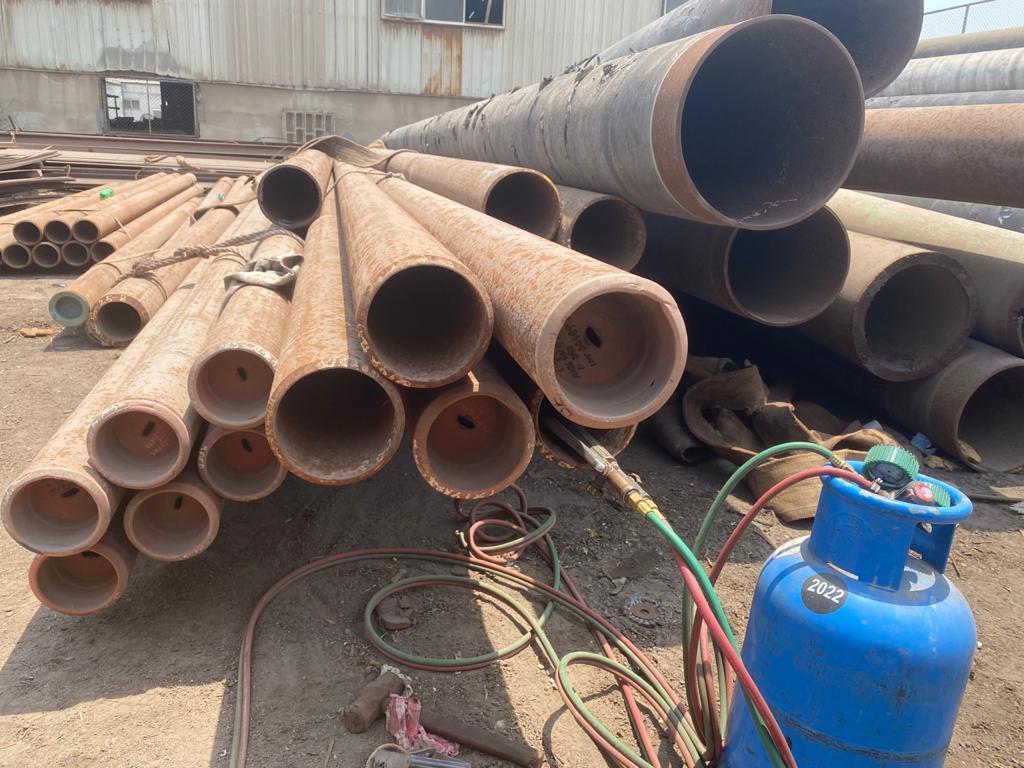Copper scrap products encompass a range of discarded or waste materials that contain copper and can be recycled for their valuable copper content. These products include copper wire and cable scrap, copper tubing scrap, copper radiator scrap, copper sheet and plate scrap, copper alloy scrap, copper electric motor scrap, copper transformer scrap, and copper insulated wire scrap.
- Copper scrap is collected from various sources such as electrical installations, appliances, plumbing systems, automobiles, and industrial machinery. Once collected, the copper scrap is sorted, processed, and often separated from any non-copper materials.
- The valuable copper is then extracted through recycling processes such as shredding, melting, and refining. The recovered copper can be sold to metal recyclers or manufacturers, who utilize it to produce new copper products or alloys for a wide range of industries, including construction, electronics, automotive, and more.
- By recycling copper scrap, the industry contributes to resource conservation, reduces environmental impact, and supports sustainable practices.

Iron scrap products consist of various discarded or surplus iron-based materials that can be recycled and repurposed. These products typically include scrap from industrial processes, construction and demolition sites, automotive components, and household appliances.
- Iron scrap items can range from steel beams, pipes, and sheets to automobile parts like engine blocks, chassis, and body panels. Additionally, household appliances such as refrigerators, washing machines, and stoves often contain iron scrap.
- Once collected, iron scrap undergoes sorting, processing, and preparation for recycling. Recycling techniques include shredding, melting, and refining to extract the iron content.
- The recycled iron can then be used to produce new steel and iron-based products, reducing the need for extracting raw materials and conserving energy.
- The iron scrap recycling industry plays a vital role in promoting sustainability, resource conservation, and reducing environmental impact by diverting these materials from landfills and reintroducing them into the production cycle.
.jpeg)
- Plastic scrap products encompass a wide range of discarded or unused plastic materials that can be recycled and transformed into new products. Plastic scrap can include items such as bottles, containers, packaging materials, plastic films, industrial plastics, and consumer goods.
- These materials are collected from various sources, including households, businesses, manufacturing facilities, and recycling centers. Once collected, the plastic scrap undergoes sorting and processing to separate different types of plastics and remove contaminants.
- Recycling techniques such as shredding, melting, and pelletizing are then employed to transform the plastic scrap into reusable plastic pellets or flakes. These recycled plastic materials can be used to manufacture a diverse array of products, including new packaging materials, plastic bottles, furniture, automotive parts, and even clothing.
- By recycling plastic scrap, the industry helps reduce the demand for virgin plastic production, conserves resources, minimizes waste sent to landfills, and mitigates the environmental impact associated with plastic production and disposal.
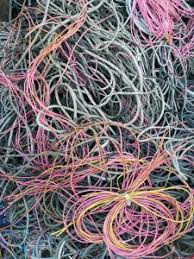
Ferrous scrap refers to scrap metal that contains iron, such as steel, while non-ferrous scrap includes metals like copper, aluminum, brass, zinc, lead, and stainless steel. These scrap products are obtained from a variety of sources, including industrial operations, construction and demolition sites, automotive components, appliances, and electronic devices.
- Ferrous scrap products predominantly consist of steel scrap, which includes items like steel beams, pipes, sheets, and automotive parts.
- Non-ferrous scrap products encompass a range of metals with diverse properties and applications.
- By recycling METALLINC (ferrous and non-ferrous) scrap products, the industry contributes to sustainable resource management, reduces the need for primary metal extraction, and minimizes the environmental impact associated with mining and processing virgin ores. Additionally, recycling metals helps conserve energy, reduce greenhouse gas emissions, and minimize landfill waste, making it an essential part of the circular economy.
